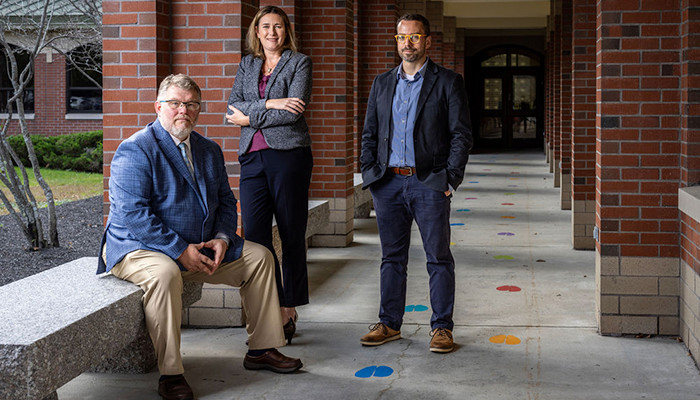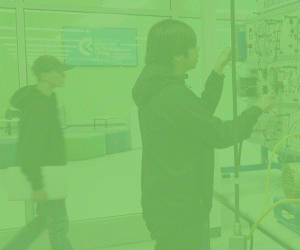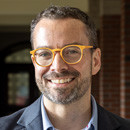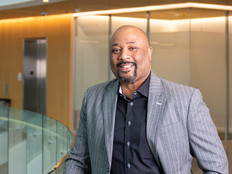Making the Case for Prison Education in Maine
UMA began providing educational services to incarcerated people in 2006. In 2021, the university received a nearly $1 million grant from a private foundation to expand its Prison Education Partnership program, a statewide collaboration between higher education institutions, the Maine Department of Corrections (MDOC) and other partners.
“It started small, and some additional grants and funding have landed us where we are right now, with a much larger and stronger program with a dedicated staff,” says Pamela MacRae, assistant provost and dean of the College of Arts and Sciences at UMA.
Currently, the program serves 128 incarcerated undergraduate students who are completing both associate and bachelor’s degrees in a variety of majors. The recidivism rate for those who earn degrees through the program is just 5 percent. Using and understanding technology plays a large role in their success.
“It makes a huge difference that they become comfortable with this technology before they leave prison,” McGloin says.
Balancing digital security and access are important aspects of a prison education program that relies on technology.
“We started the conversation with the MDOC in the early days to develop trust around the security protocols,” says Robert “BJ” Kitchin Jr., executive director of academic services at UMA. “We were able to develop strategies to allow access to the URLs the students were going to need and to products such as G Suite, Brightspace and Zoom.”
Ongoing collaboration is key.
“If an institution is starting a new program, it’s very important to start talking with the relevant correctional offices as soon as possible,” McGloin says. “Once the institution is clear on its reasons and goals for starting a program, that’s really the next step. And it’s important to ensure that incarcerated students are going to be offered as much equity as possible in terms of the quality of education and supplementary services.”














